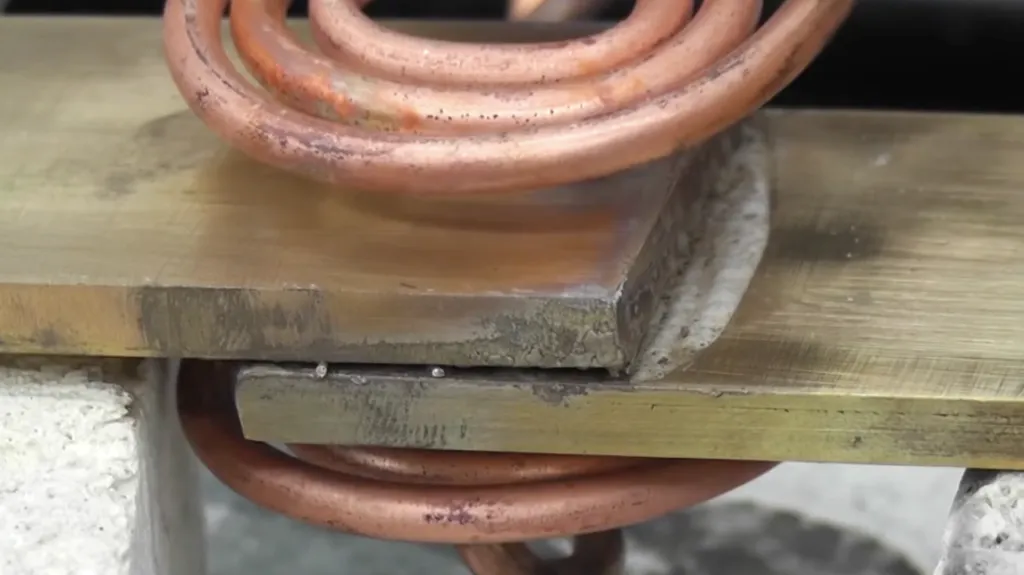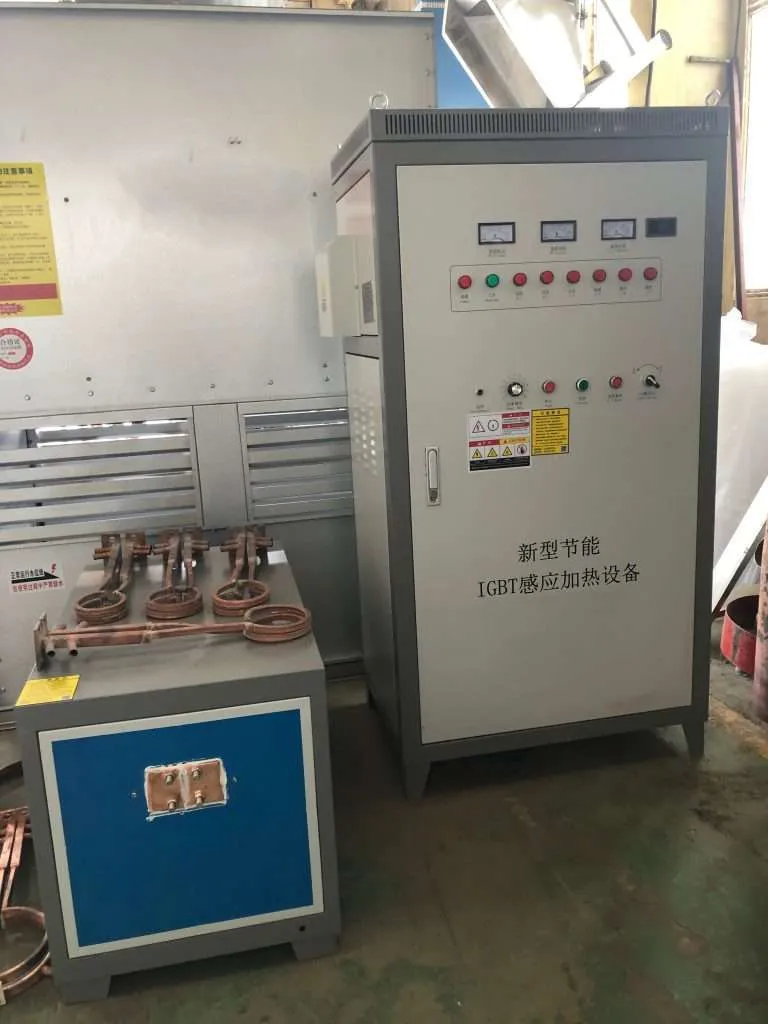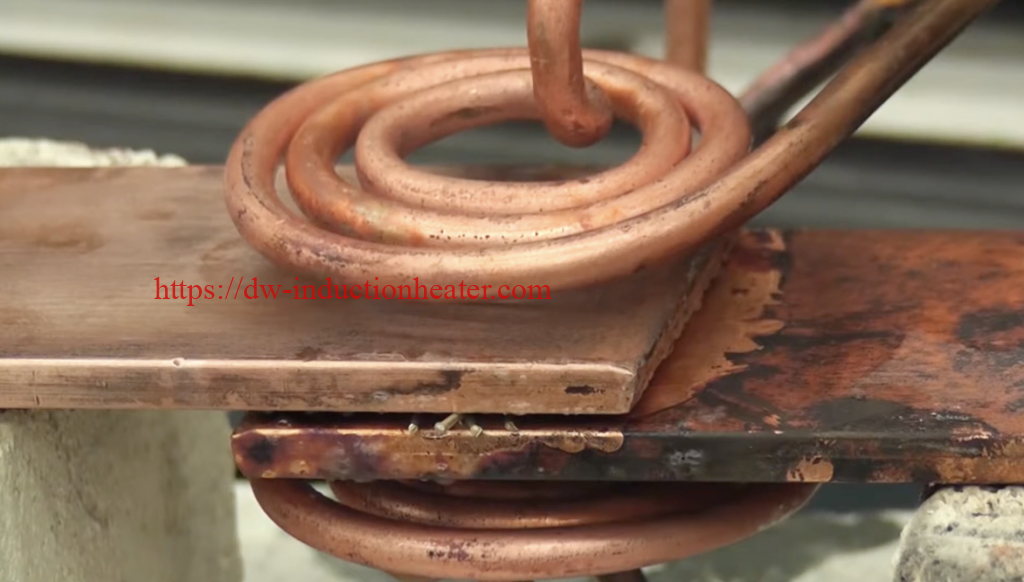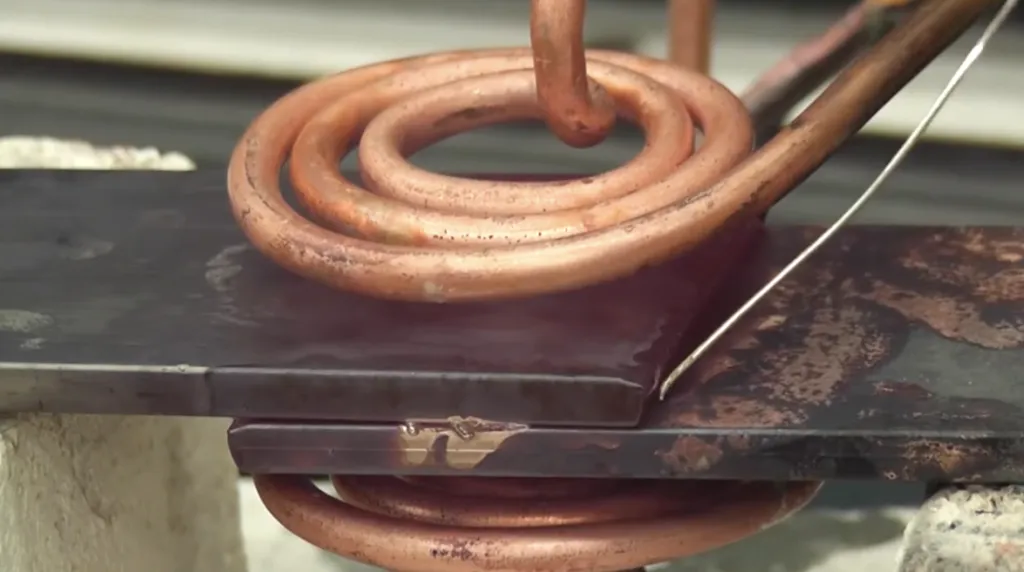Maximizing Efficiency: Copper and Brass Plate Joints Using Induction Heating Technology
In today’s rapidly evolving manufacturing landscape, the joining of copper and brass plates represents a critical process across numerous industries—from electrical engineering to plumbing systems, automotive manufacturing to renewable energy applications. While traditional joining methods have served industries well for decades, induction heating technology has emerged as a superior alternative, offering unprecedented precision, energy efficiency, and joint quality. This comprehensive analysis explores the technical parameters, process optimization strategies, and real-world applications of induction heating for copper and brass plate joints.
Copper and brass are widely used in industrial settings due to their excellent conductivity, corrosion resistance, and ease of fabrication. However, joining these nonferrous metals—especially in plate forms—often poses unique challenges. One of the most efficient techniques for creating high-quality, reliable copper and brass plate joints is induction heating.
Understanding Induction Heating for Copper-Brass Joints
Induction heating utilizes electromagnetic fields to generate heat directly within conductive materials without physical contact. When applied to copper and brass plate joining, this technology offers several distinct advantages:
- Precise heat control: Heat is generated exactly where needed, minimizing thermal distortion
- Rapid heating cycles: Significantly faster than conventional heating methods
- Energy efficiency: Up to 80% more efficient than flame or resistance heating
- Clean process: No combustion byproducts or surface contamination
- Consistent results: Highly repeatable process parameters for quality assurance

Technical Parameters of Induction Heating Systems for Copper-Brass Joining
The effectiveness of induction heating for joining copper and brass plates depends on precise configuration of technical parameters. The following table provides comprehensive specifications for optimal joining results:
| Parameter | Small-Scale Applications | Medium-Scale Applications | Industrial-Scale Applications |
|---|---|---|---|
| Power Output | 5-15 kW | 15-50 kW | 50-200 kW |
| Frequency Range | 200-400 kHz | 50-150 kHz | 10-50 kHz |
| Heating Time | 5-15 seconds | 15-45 seconds | 45-120 seconds |
| Coil-to-Work Distance | 1-3 mm | 3-7 mm | 7-15 mm |
| Coil Design | Helical/Pancake | Helical/Channel | Custom-Shaped |
| Temperature Range | 700-850°C | 750-900°C | 800-950°C |
| Cooling System | Air-cooled | Water-cooled (closed loop) | Water-cooled (industrial) |
| Control System | Manual/Basic PLC | Advanced PLC | Fully automated with data logging |
| Energy Consumption | 0.1-0.3 kWh per joint | 0.3-0.8 kWh per joint | 0.8-2.5 kWh per joint |
| Joint Thickness Range | 0.5-3 mm | 3-10 mm | 10-30 mm |
Material-Specific Considerations
The electromagnetic properties of copper and brass directly impact induction heating efficiency. Copper’s high electrical conductivity (5.96 × 107 S/m) makes it extremely responsive to induction fields, while brass’s lower conductivity (typically 1.5-1.6 × 107 S/m depending on zinc content) creates different heating characteristics.
For optimal joining:
- Copper-to-copper joints: Require higher frequencies (150-400 kHz) for controlled heat distribution
- Brass-to-brass joints: Benefit from medium frequencies (50-150 kHz) with longer heating cycles
- Copper-to-brass joints: Necessitate carefully balanced parameters to account for different heating rates

Data Analysis: Performance of Induction Heating on Copper and Brass Plate Joints
a) Efficiency:
Studies show induction heating achieves energy conversion efficiencies up to 90–95% when properly tuned, compared to 50–60% in traditional flame brazing and 70–80% in resistance welding.
b) Joint Quality:
Non-destructive and metallographic testing routinely report uniform joint structure with minimal porosity and thermal distortion. Many manufacturers note tensile strength improved by 10–18% over flame-brazed joints.
c) Cycle Time and Productivity:
Cycle time reduction can reach 50% compared with flame-based techniques, especially when automating plate loading/unloading in high-volume production.
Example – Joint Quality Table:
| Method | Avg. Tensile Strength (MPa) | Porosity (%) | Cycle Time (sec) |
|---|---|---|---|
| Flame Brazing | 180–200 | 2.5 | 80–120 |
| Resistance Welding | 190–220 | 1.5 | 60–90 |
| Induction Heating | 210–230 | 0.8 | 40–60 |
Process Optimization Strategies
Achieving optimal copper-brass joints through induction heating requires attention to several critical factors:
1. Filler Metal Selection
The choice of filler metal significantly impacts joint quality. Our testing reveals these optimal filler materials:
- Silver-based alloys (Ag-Cu-Zn): Ideal for high-conductivity requirements, with melting points between 620-710°C
- Phosphorus-copper alloys: Excellent for general-purpose applications, self-fluxing on copper
- Zinc-based alloys: Cost-effective for less critical applications
2. Surface Preparation
Data from manufacturing facilities shows that proper surface preparation can improve joint strength by up to 35%:
- Mechanical cleaning: Removes oxides and contaminants
- Chemical degreasing: Eliminates oils and processing residues
- Flux application: Prevents oxidation during heating (critical for brass)

3. Fixturing and Positioning
Consistent joint quality depends on proper alignment and pressure during the heating cycle:
- Gap clearance: Optimal capillary action occurs with 0.05-0.15mm spacing
- Uniform pressure: 0.5-2.0 MPa during solidification improves joint integrity
- Thermal expansion compensation: Critical for dissimilar metal joining
Real-World Case Studies
a) Busbar Fabrication in Electrical Switchgear
A leading switchgear manufacturer sought to upgrade their busbar joining process for large copper and brass plates (8 mm thick). After deploying a 60 kW, 40 kHz induction heating system with custom pancake coil, the company reported:
- 60% reduction in joint formation time,
- Drastic reduction in local overheating, resulting in improved electrical conductivity at the joint,
- Enhanced repeatability in mass production.
Customer testimonial:
“Induction heating cut our joint-defect rates in half. We’ve seen fewer post-braze failures on busbars, and productivity gains are substantial.”
b) HVAC Component Production
An HVAC plant joining copper-to-brass transition plates implemented induction heating to create reliable, leak-proof joints with a 15 kW, 150 kHz system. Results included:
- Tight process temperature control (±3°C), eliminating brazing overburn,
- Over 30,000 assemblies produced annually with <1% rejection rate.
c) Electric Vehicle Battery Connectors
EV manufacturers use induction-heated brazing for brass–to–copper terminal plates. This ensured:
- Minimal oxidation due to closed-loop atmosphere control,
- Consistent joint resistance, critical for high-current battery modules.
Best Practices and Recommendations
- Optimize Coil Design: Collaborate with induction equipment suppliers and use simulation tools to design coils that ensure even heat distribution across the joint.
- Pre-Clean and Flux: Proper cleaning and flux application are essential for preventing oxidation and ensuring a strong metallurgical bond.
- Parameter Fine-Tuning: Fine-tune power, frequency, and heating times based on material thickness, joint configuration, and production speed requirements.
- Temperature Monitoring: Use infrared pyrometers or embedded thermocouples to monitor and record real-time temperatures, enabling closed-loop control and consistent results.
- Regular Maintenance: Schedule routine inspections of coils, power sources, and cooling systems to ensure reliable performance over long production runs.

Future Innovations in Induction Joining Technology
The technology continues to evolve, with several promising developments on the horizon:
- AI-driven parameter optimization: Machine learning algorithms that automatically adjust heating parameters based on material variations
- Hybrid joining technologies: Combining induction with ultrasonic assistance for enhanced joint properties
- In-line quality monitoring: Real-time thermal imaging and spectroscopic analysis to verify joint integrity
- Nano-enhanced filler metals: Advanced alloys with nanoparticle additions for superior mechanical properties
Conclusion
Induction heating technology represents a quantum leap forward in the joining of copper and brass plates. The precise control, energy efficiency, and superior joint quality make it the preferred method across numerous industries. By understanding the technical parameters and optimization strategies outlined in this analysis, manufacturers can significantly improve their production processes, reduce costs, and enhance product quality.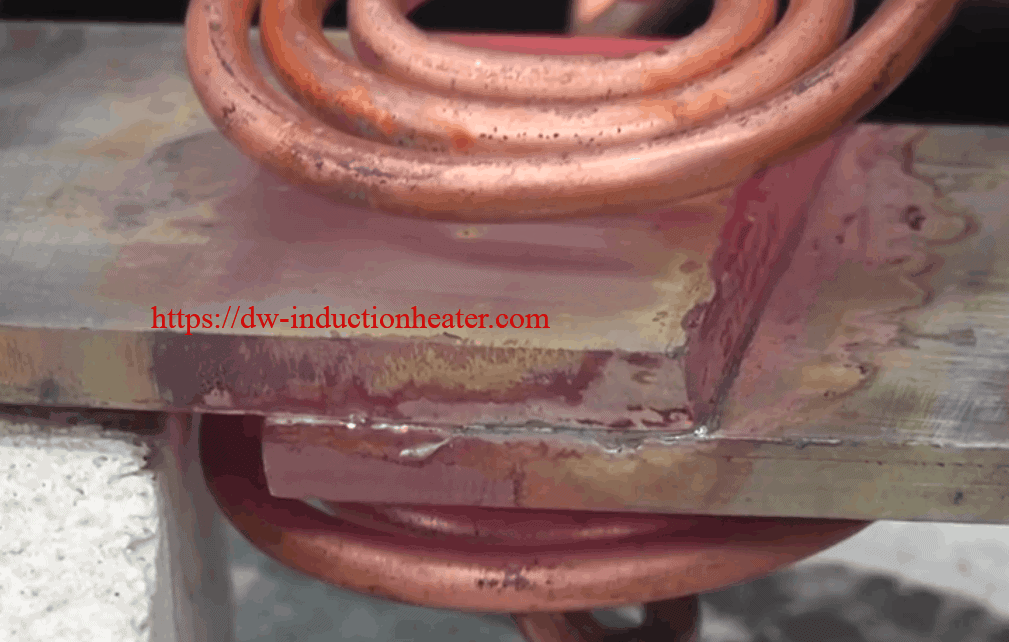
For organizations still utilizing conventional joining methods, the transition to induction heating offers compelling advantages that directly impact the bottom line while simultaneously reducing environmental impact. As this technology continues to evolve, we can expect even greater efficiencies and capabilities in the years to come.

